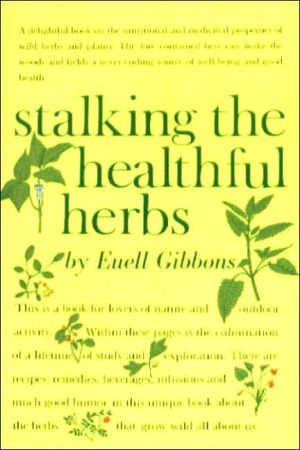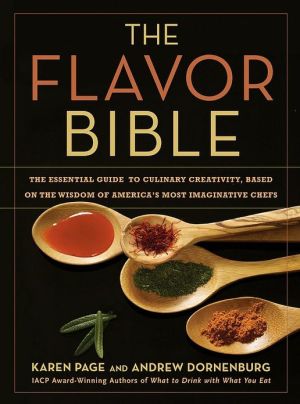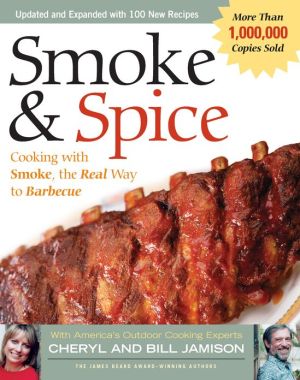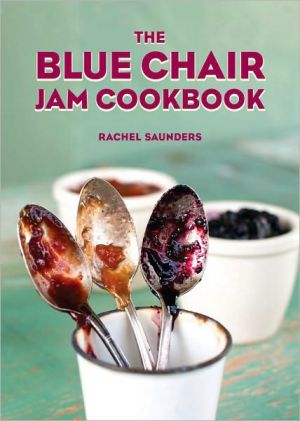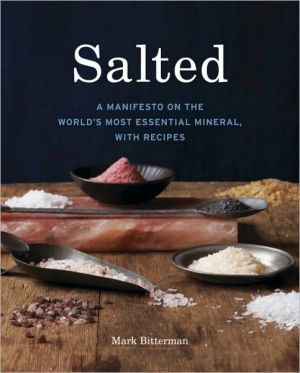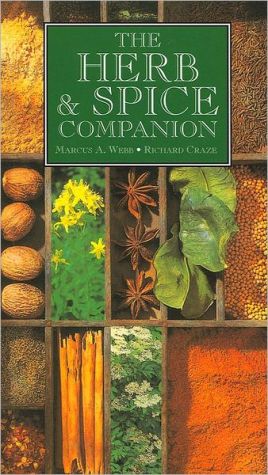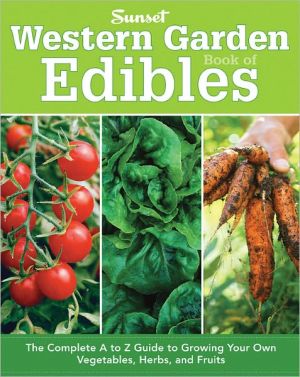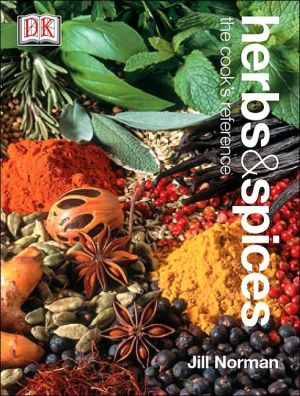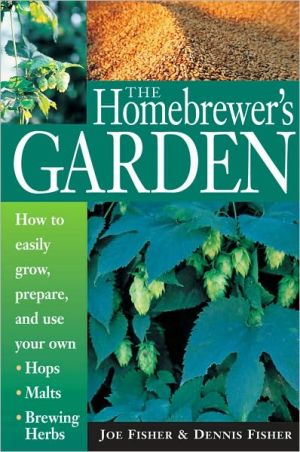Stalking the Healthful Herbs
Here Euell Gibbons shows the reader how to enjoy the culinary and medicinal virtues of herbs and wild plants. Drawn from the author's wide knowledge of plants as well as from the lore of native Americans and early settlers, the information is supplemented by nutritionists at Pennsylvania State University who worked with Gibbons on analysis of the entries.\ \ Gibbons shows how to identify and make North American wild herbs into hundreds of remedies, beverages, recipes,...
Search in google:
Having written the enormously popular Stalking the Wild Asparagus and Stalking the Blue-Eyed Scallop, Euell Gibbons turned his attention to the wealth of herbs that grow wild throughout North America. Combining the skills he learned as a boy with Indian lore and his years of patient experimentation, he wrote this book that others might enjoy the benefits of our little-known natural heritage. Publishers Weekly Even those who have no intention of combing the countryside for cleavers, slippery elm or velvet dock will welcome the return to print of this 1966 classic guide to American wild herbs for its wealth of knowledge. Many since the late Gibbons ( Stalking the Wild Asparagus ) have written about the medicinal and nutritive properties of indigenous flora, and nouvelle cuisine has domesticated the notion of edible flowers, but the author's good-humored approach to preparing pine tree needles, boiled nettles and similar treats establishes his as a uniquely charming voice in the self-important world of health foods (``I would like to think that it was sheer genius that caused me to get all the proportions right in my first attempt to make this fragrant ambrosia rose petal jam, but I know it was just blind luck''). Gibbons is the quintessential American naturalist, rhapsodic about nature but eminently practical as well--and never above looking for get-rich-quick schemes, as demonstrated by his experiments to produce a chocolate substitute from basswood. Illustrated. (Sept.)
\ Publishers Weekly - Publisher's Weekly\ Even those who have no intention of combing the countryside for cleavers, slippery elm or velvet dock will welcome the return to print of this 1966 classic guide to American wild herbs for its wealth of knowledge. Many since the late Gibbons ( Stalking the Wild Asparagus ) have written about the medicinal and nutritive properties of indigenous flora, and nouvelle cuisine has domesticated the notion of edible flowers, but the author's good-humored approach to preparing pine tree needles, boiled nettles and similar treats establishes his as a uniquely charming voice in the self-important world of health foods (``I would like to think that it was sheer genius that caused me to get all the proportions right in my first attempt to make this fragrant ambrosia rose petal jam, but I know it was just blind luck''). Gibbons is the quintessential American naturalist, rhapsodic about nature but eminently practical as well--and never above looking for get-rich-quick schemes, as demonstrated by his experiments to produce a chocolate substitute from basswood. Illustrated. (Sept.)\ \ \ \ \ Elizabeth C. HallThe author of Stalking the Healthful Herbs brings to our attention in a delightful fashion many of the culinary and medicinal herbs native to North America -kinds that were well known to the Indians and early settlers. His intimate knowledge of these plants is based on countless field studies as well as on painstaking research. Once clearly gets the feeling that he writes of what he knows and of what he has learned from endless experience and experiment.The New York Botanical Garden\ \ \ Joan Lee FaustA handful of crushed pennyroyal rubbed on exposed skin will keep mosquitoes away. A half-cup of violet leaf greens has as much Vitamin C as four oranges. Lemonade flavored with a jigger of borage juice is an especially cooling drink. The roots of Queen Anne's lace will do for a meal in an emergency. That insatiable stalker of the wildlings, Euell Gibbons, had been out hunting again.The New York Times Book Review\ \ \ \ \ Phoebe-Lou AdamsThe author of Stalking the Wild Asparagus and Stalking the Blue-eyed Scallop explores the nutritional, medicinal and useful elements of wild herbs and plants. His search took him into the field, the kitchen (and) into the laboratory at Pennsylvania State University, where nutritionist analyzed food values in plants he brought them. Taken preventively, he discovered, wild plants furnish rich amounts of natural vitamins, minerals, and other nutrients that help build the body's natural defenses…The Atlantic Monthly\ \
